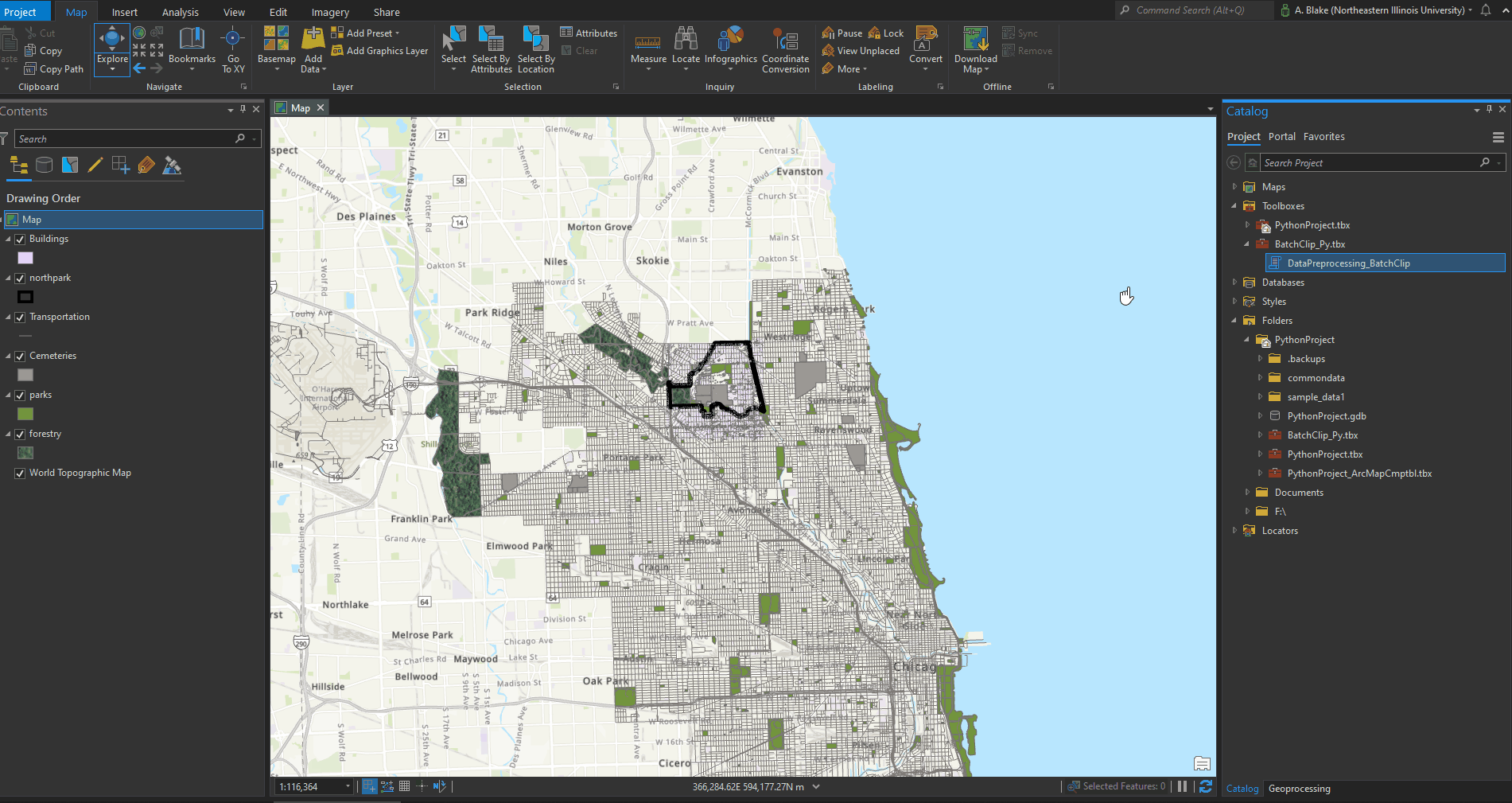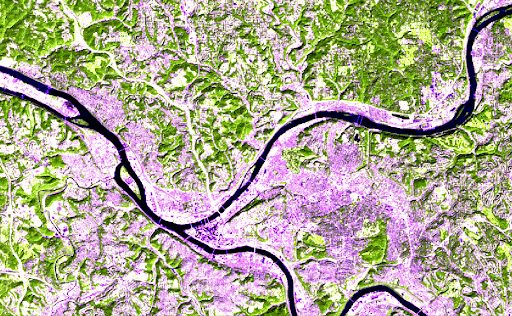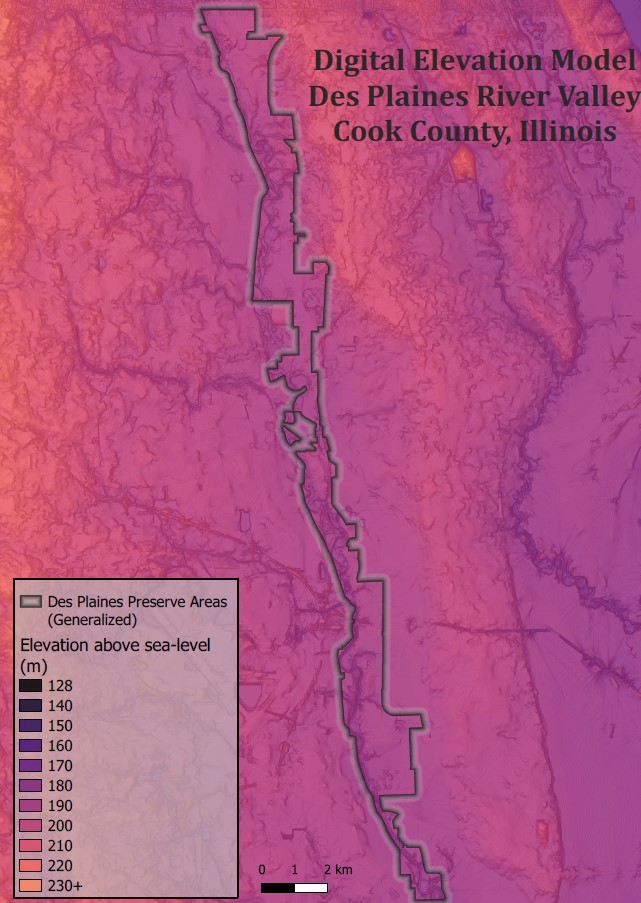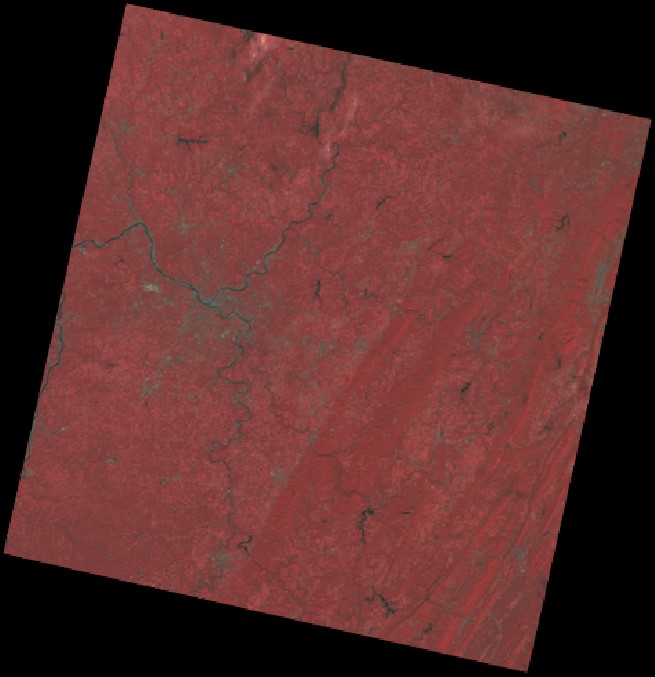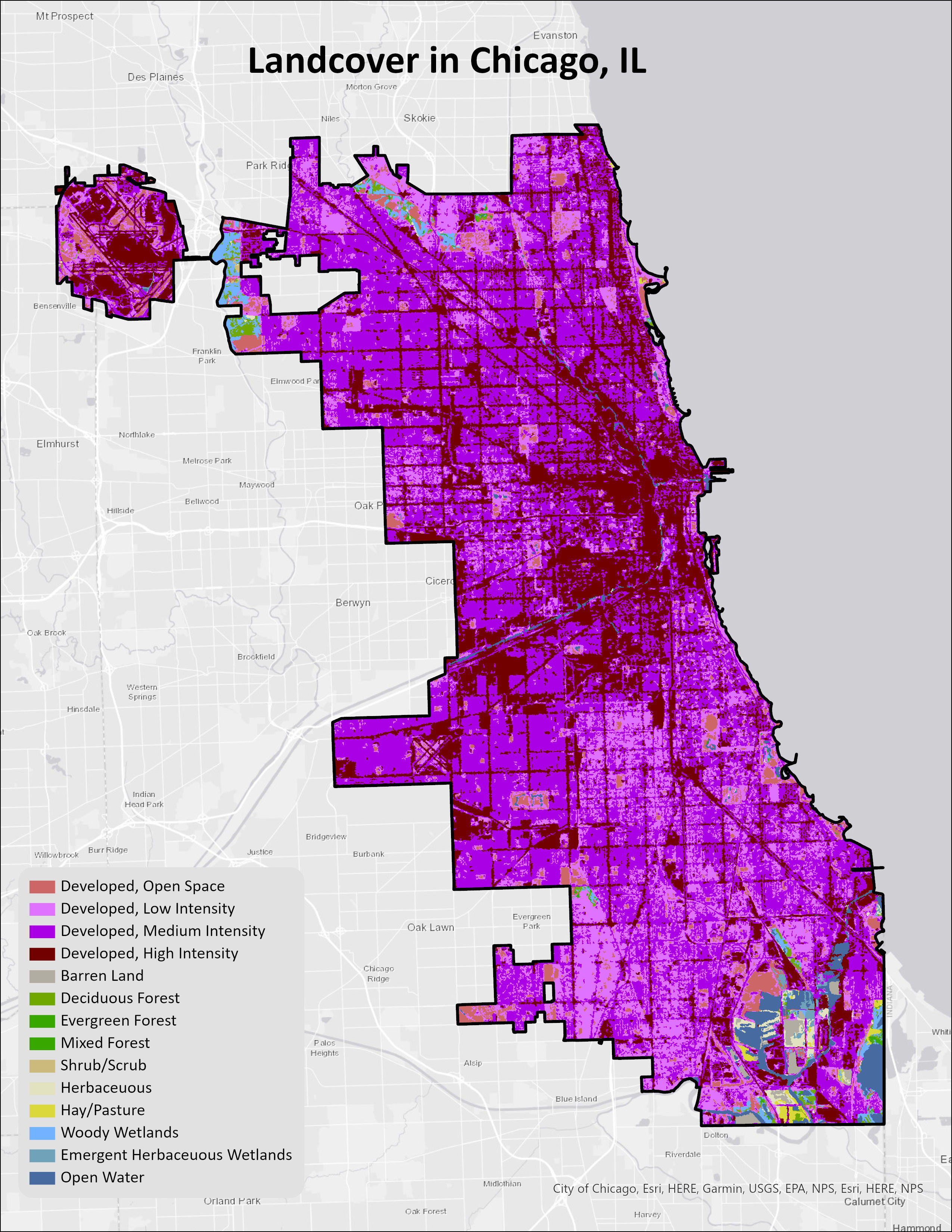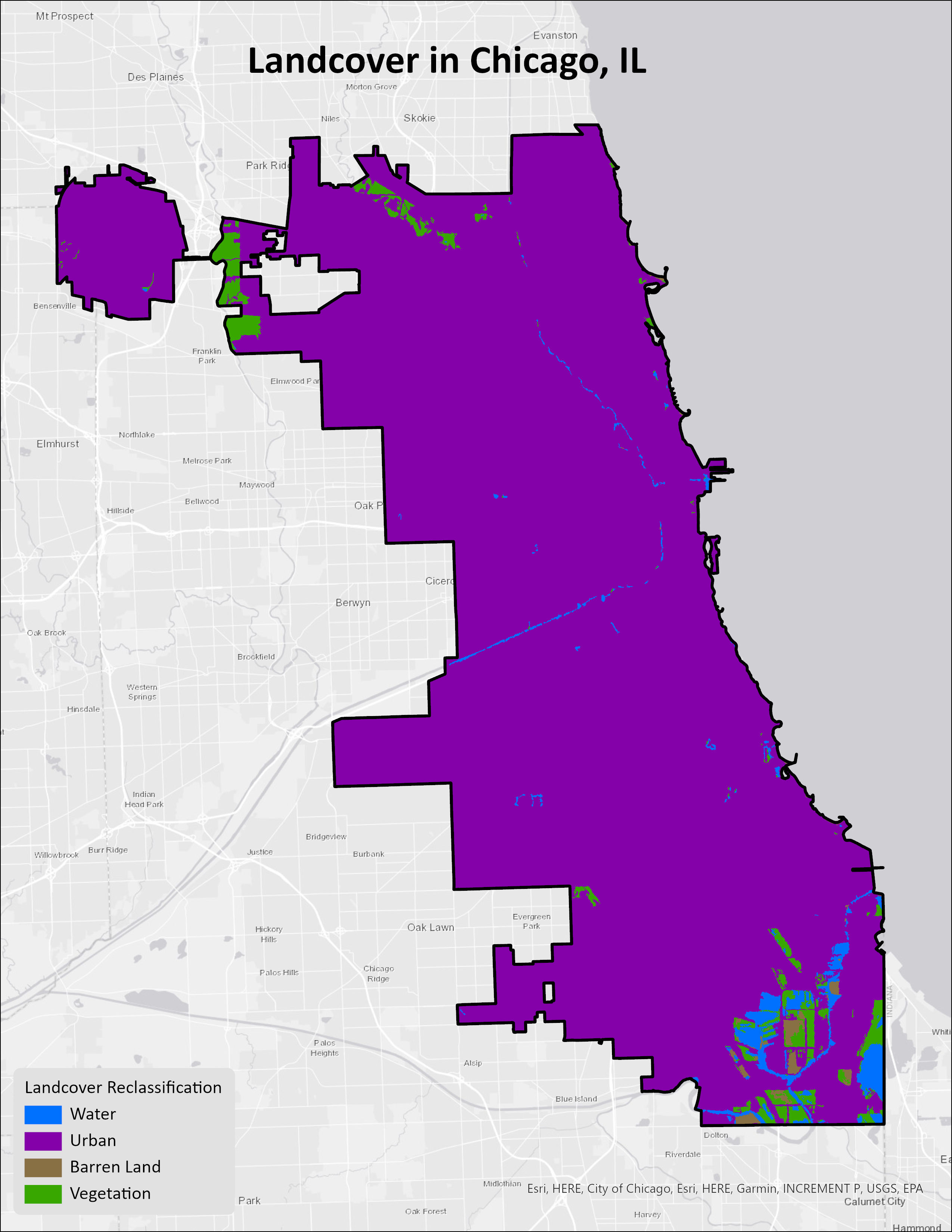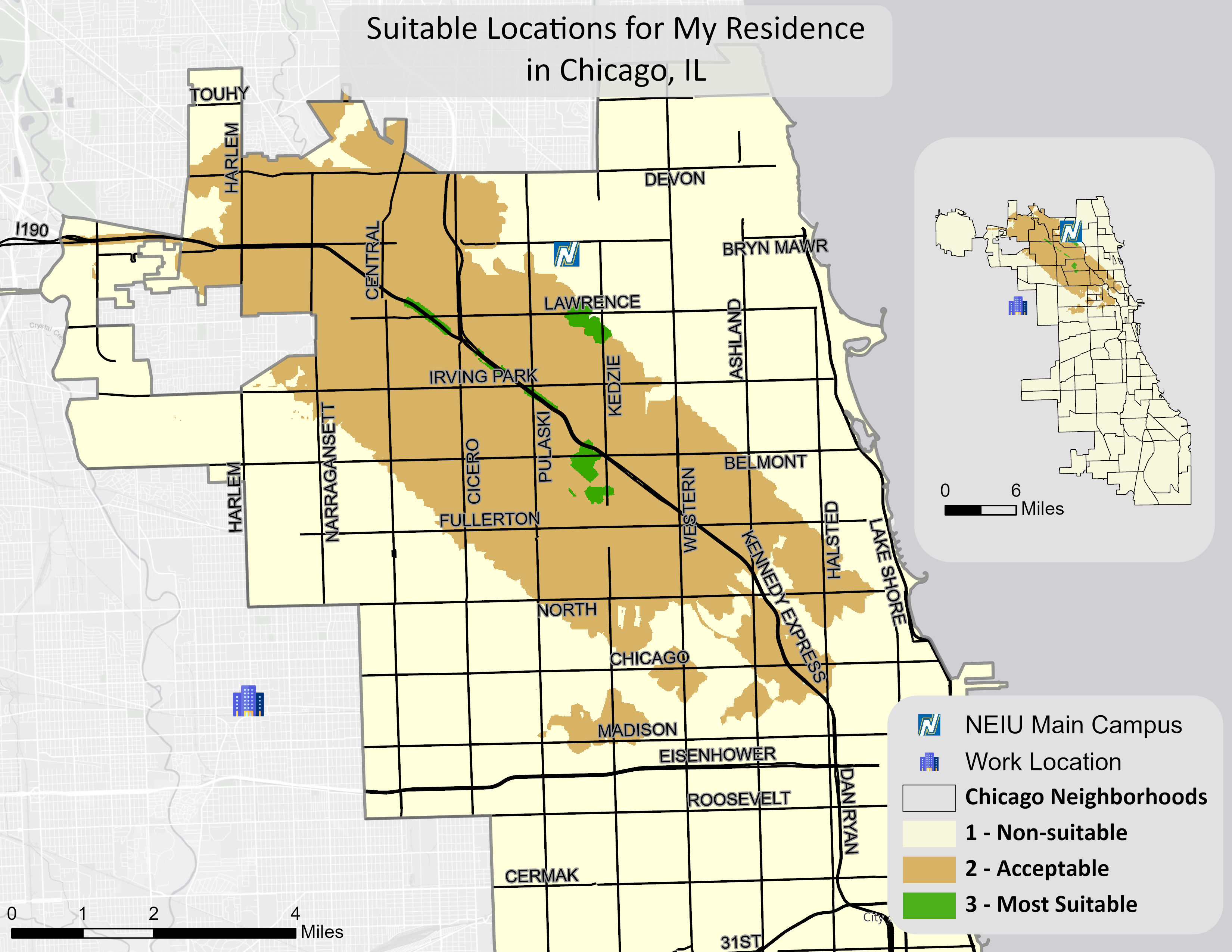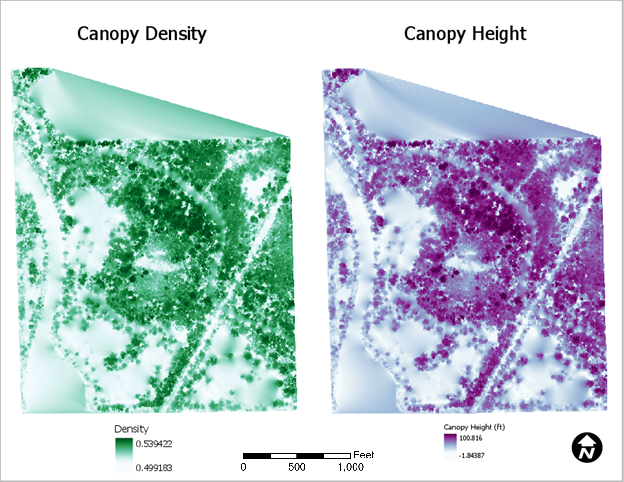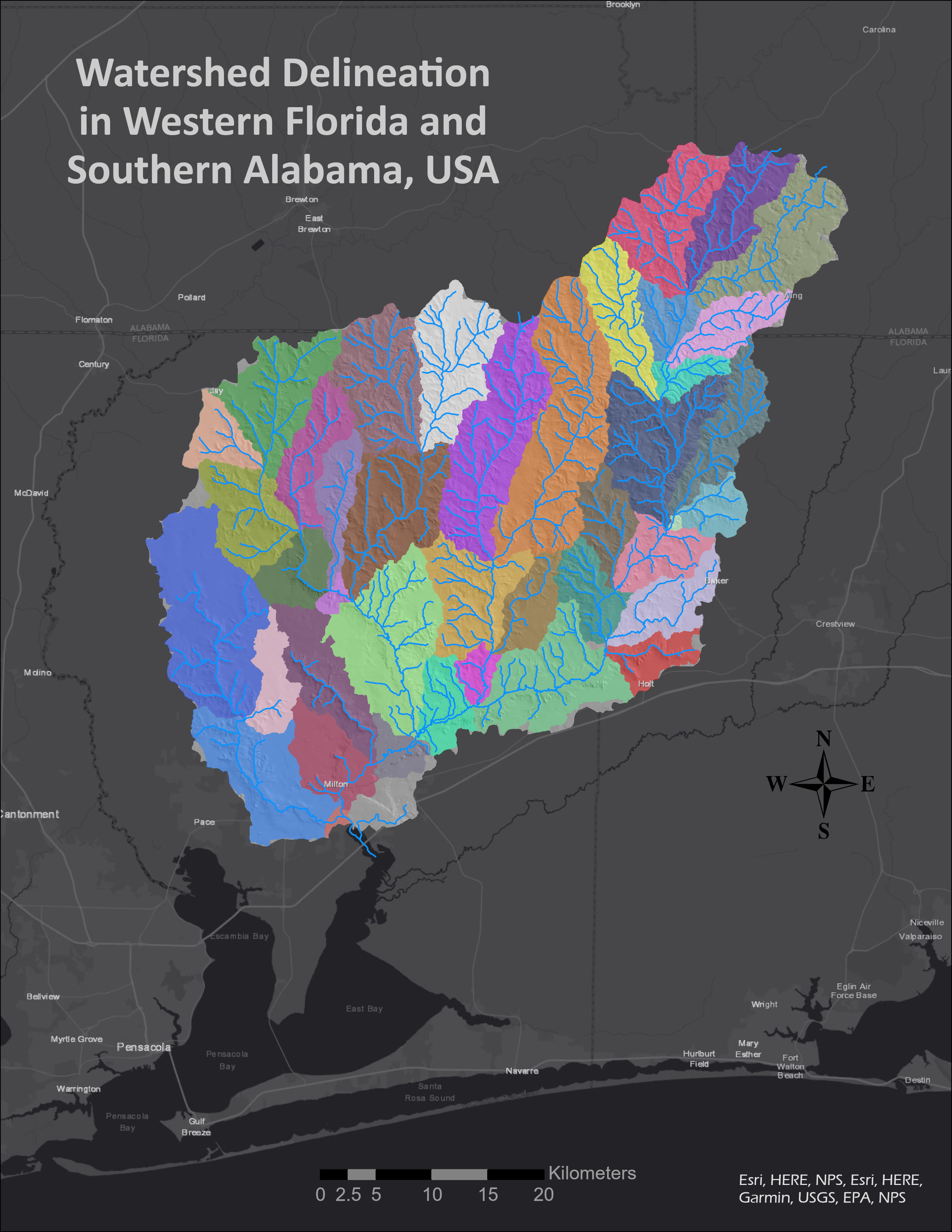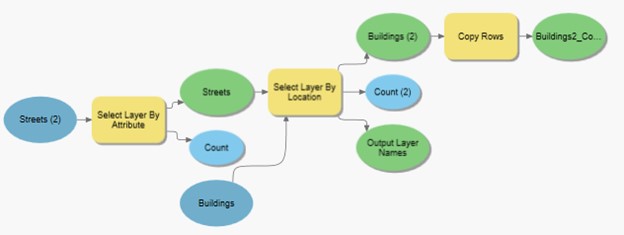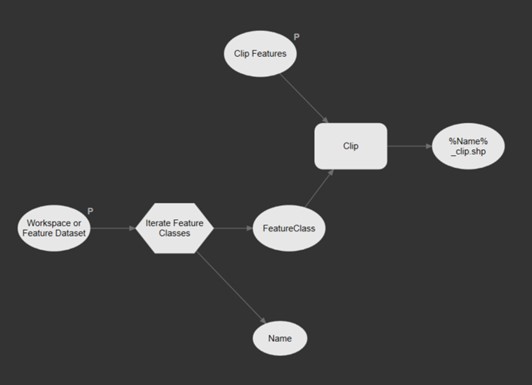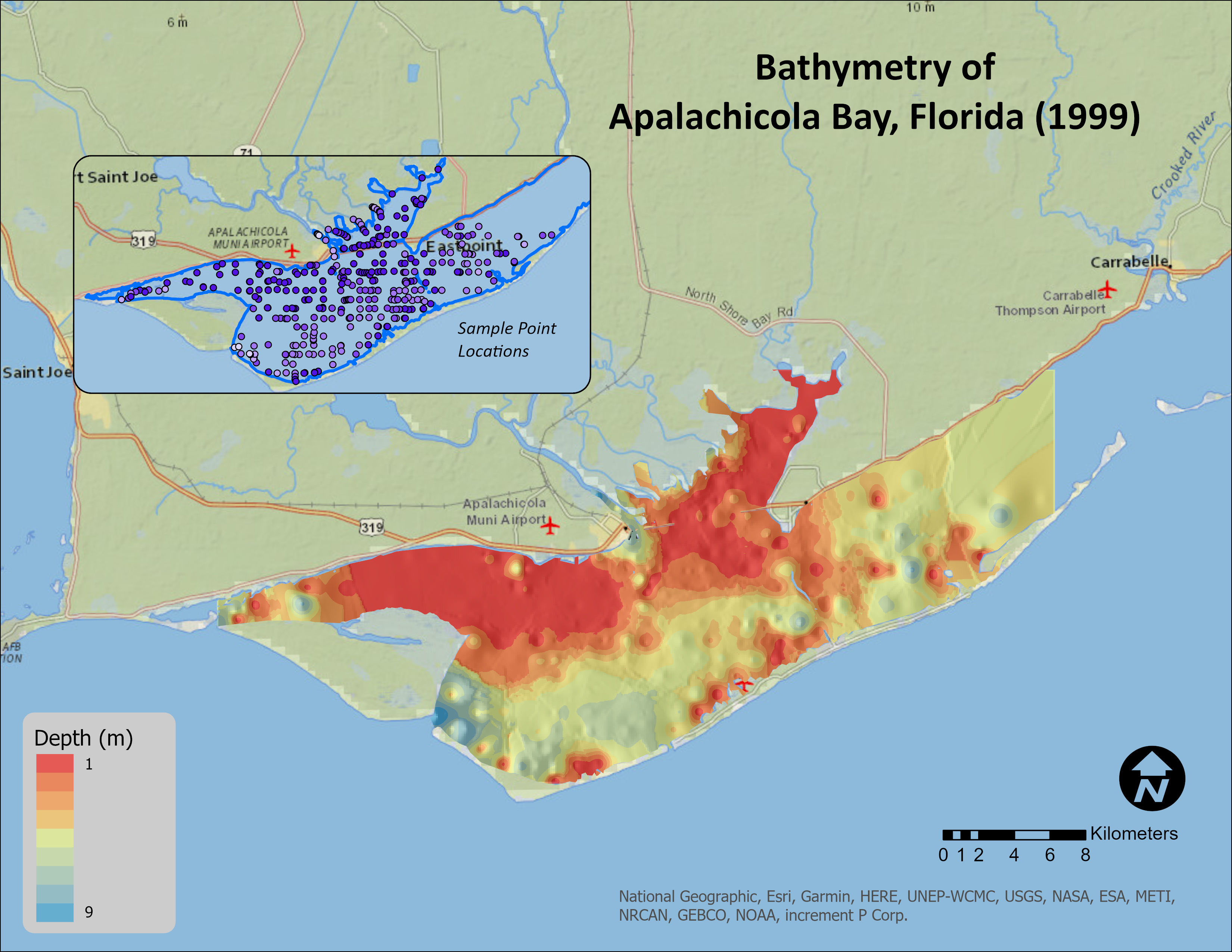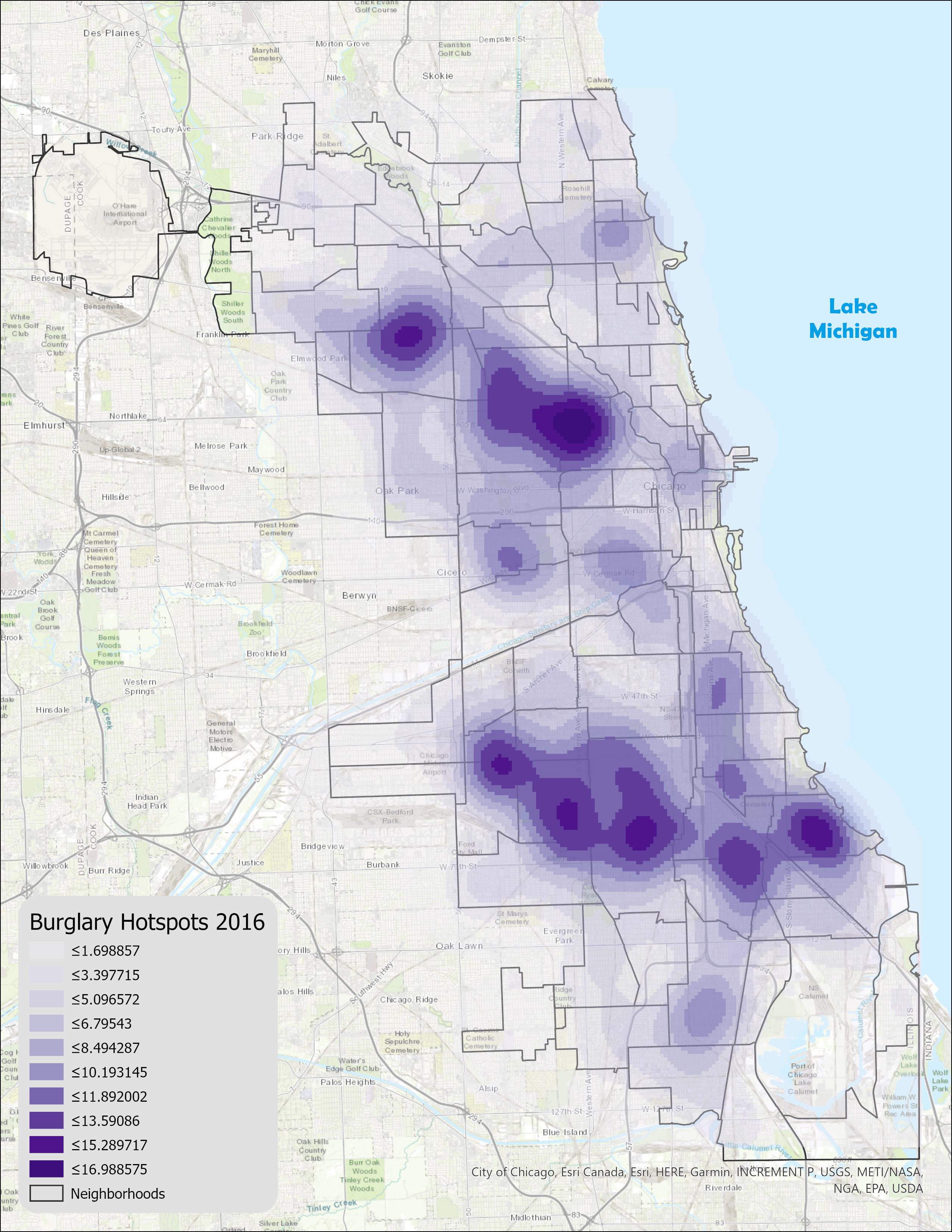ESRI
Maps created during the 30 Day Map Challenge 2023
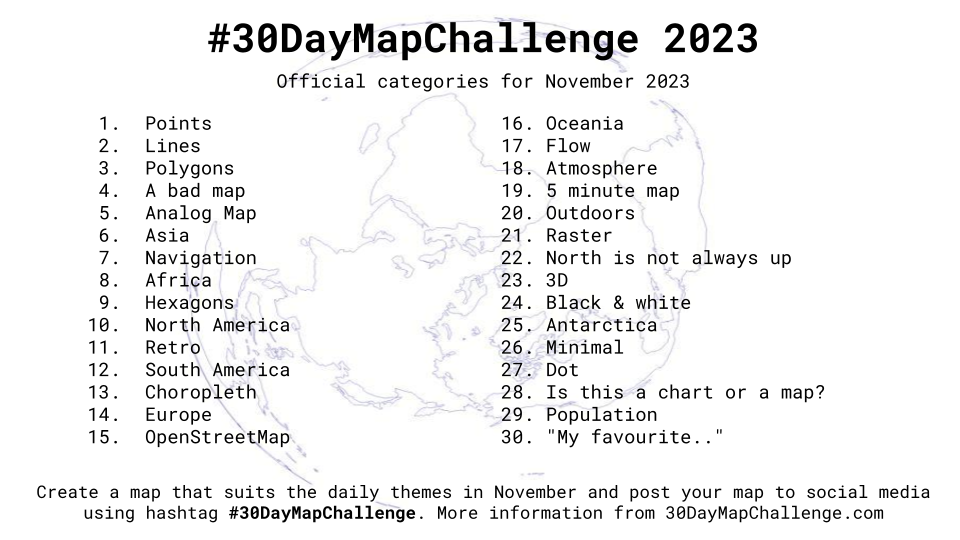
I am going to participate in the challenge this year and will try to do as many days as time allows
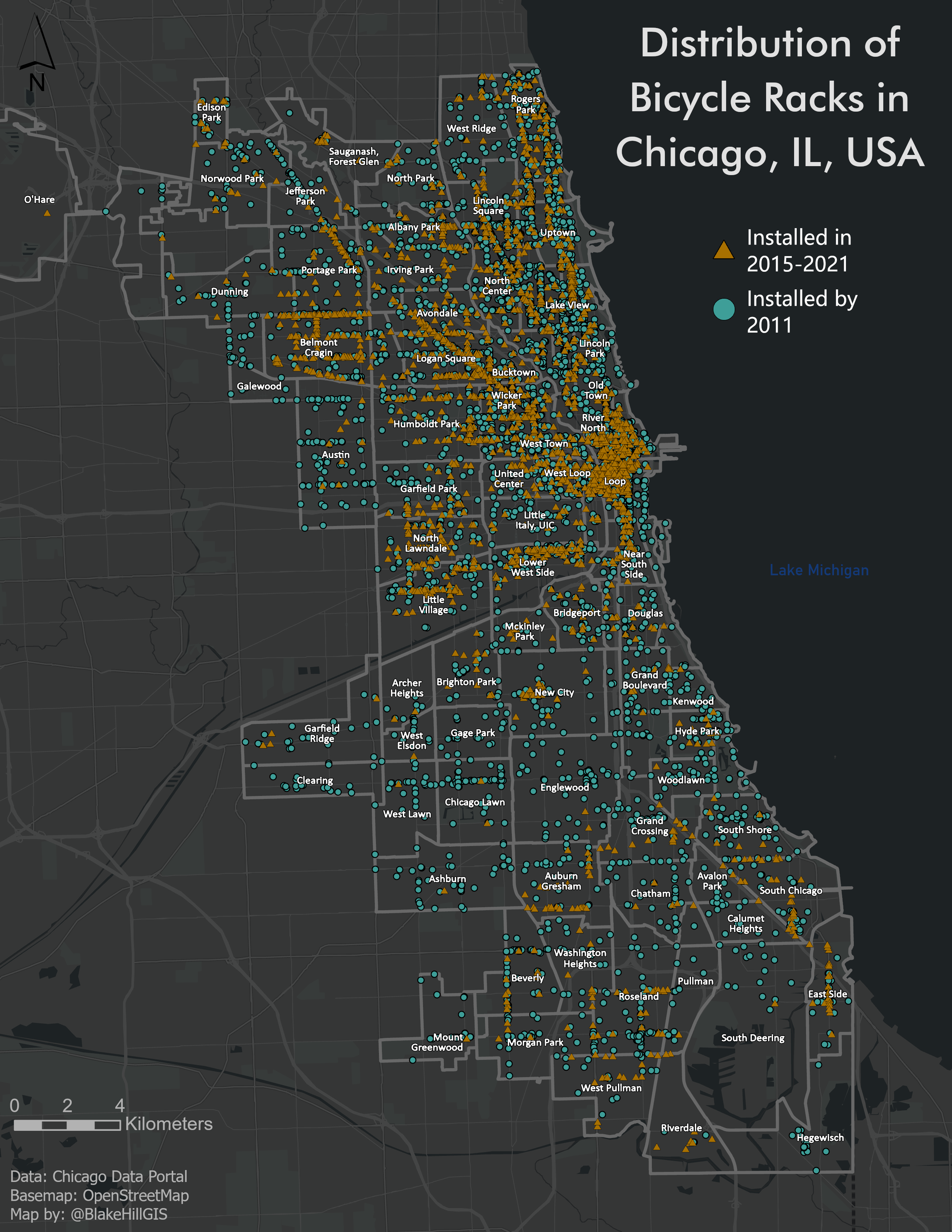
Day 1: Points. This is a map of the distribution of city bicycle racks that were installed either in or prior to 2011 and those that were installed from 2015-2021. New installs have been concentrated in the Northside of the city. Datasets are from the Chicago Data Portal. The map was made using ArcGIS Pro
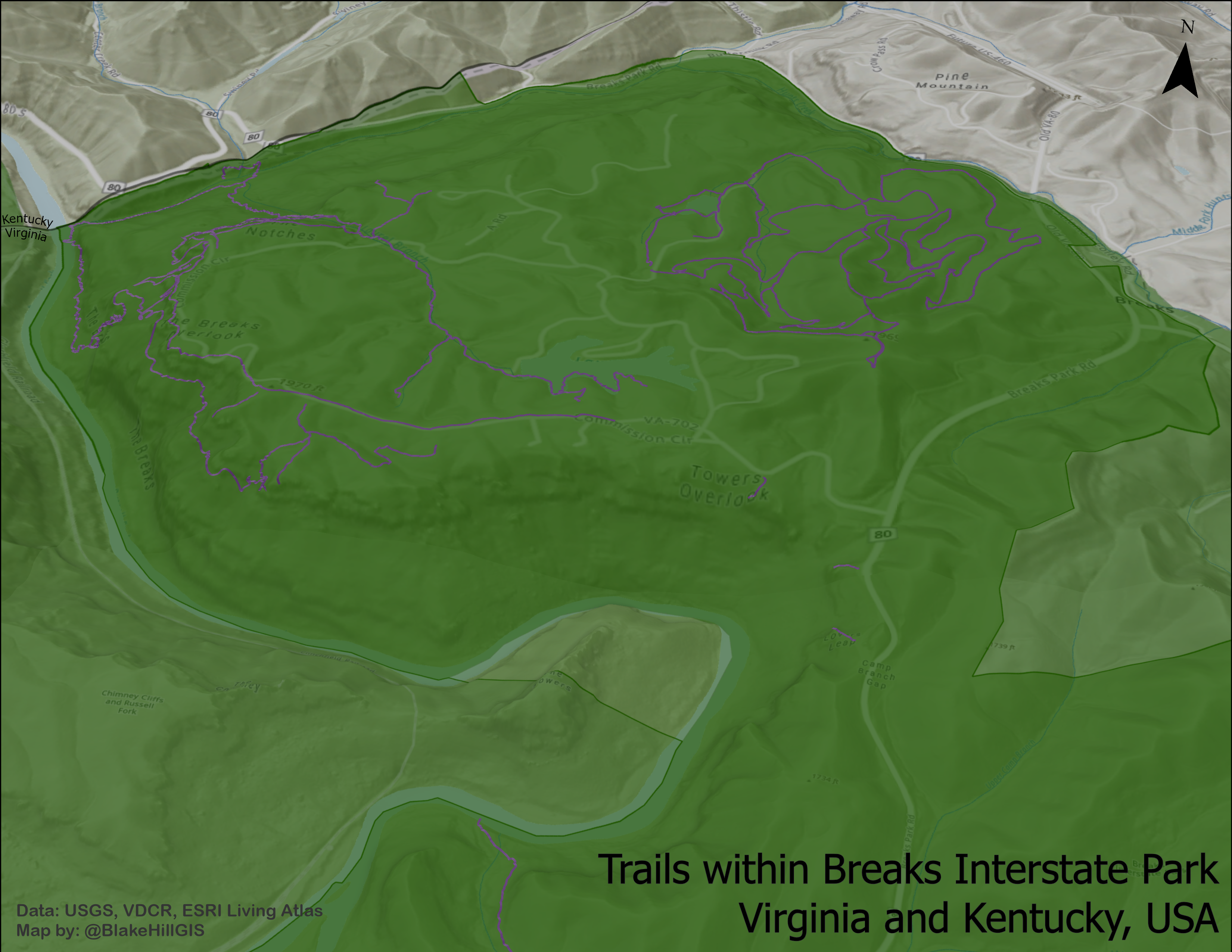
Day 2: Lines. This is a map of the trails within the Breaks Interstate Park displayed on 3D topography. The map was created using ArcGIS Pro
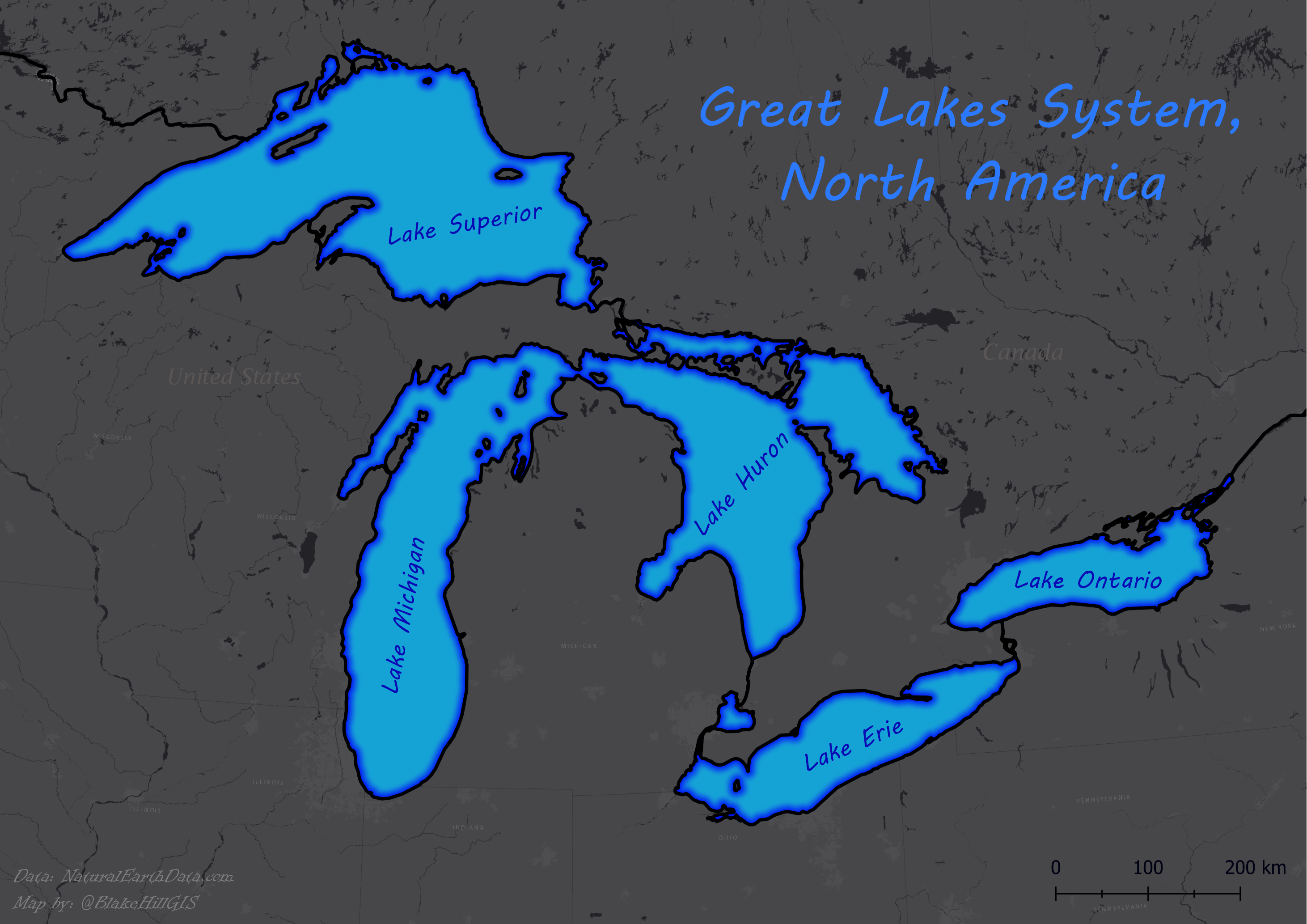
Day 3: Polygons. This is a map of the Great Lakes system, between Canada and the United States in North America, created with QGIS.
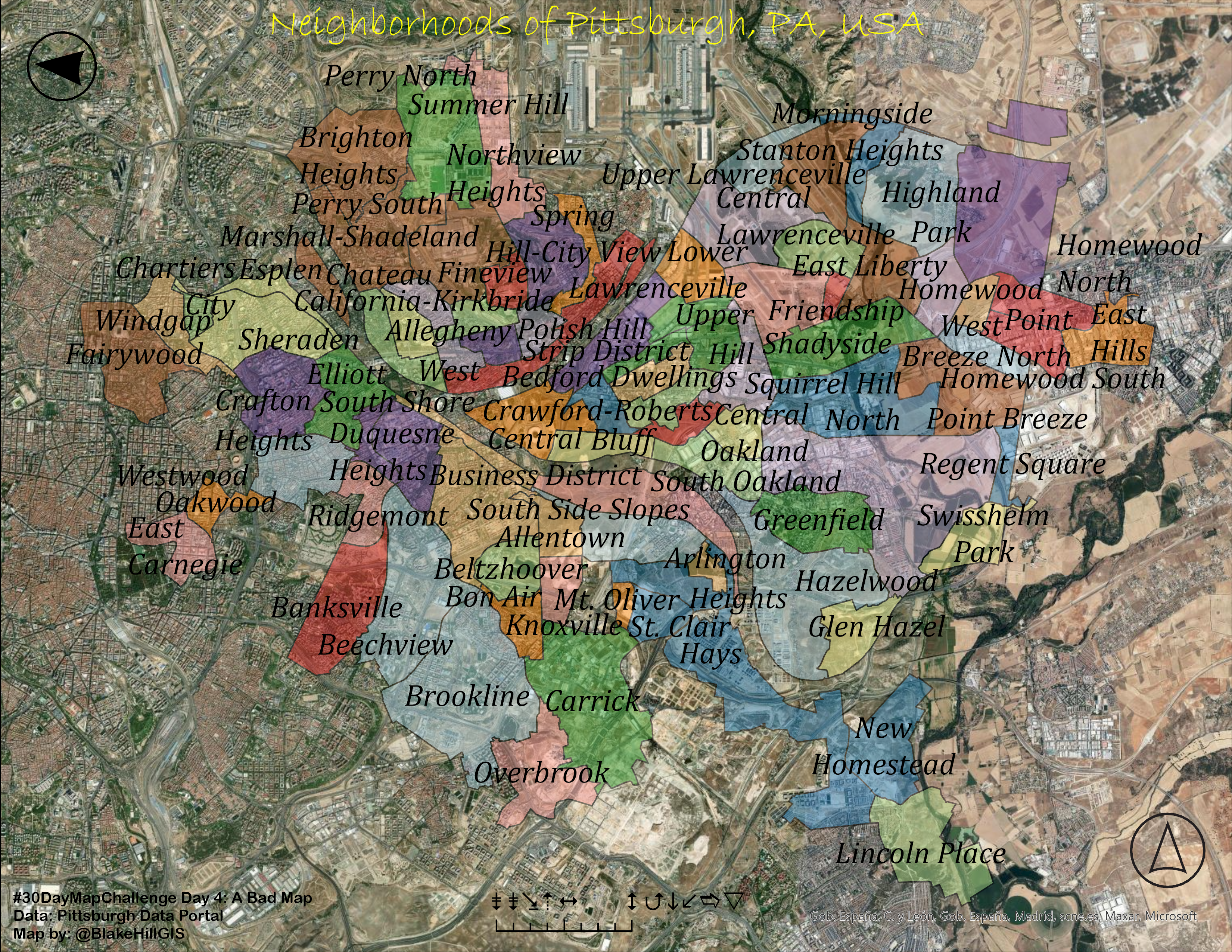
Day 4: A bad map. This is a map showing the neighborhoods of Pittsburgh, PA, USA; however, the city beneath is not Pittsburgh. Thanks to an incorrect projection file assigned to the layer the boundaries are positioned over Madrid, ES instead. It is unclear which direction is north since there are conflicting north arrows. There is a scalebar for size reference, but one will need to decode to wingdings 3 in order to understand the numbers. It may also be slightly difficult to determine the names of each neighborhood with a font size that large.























